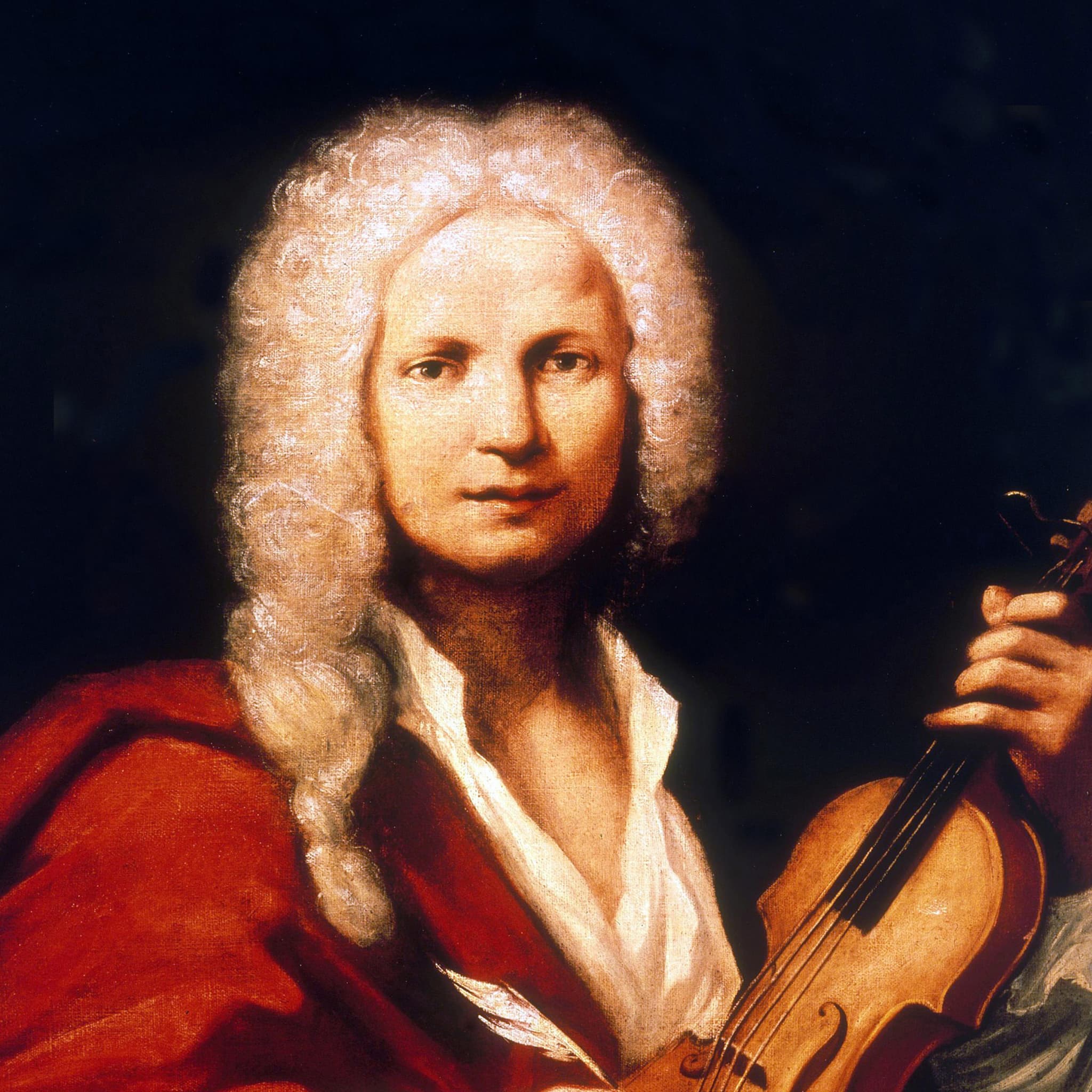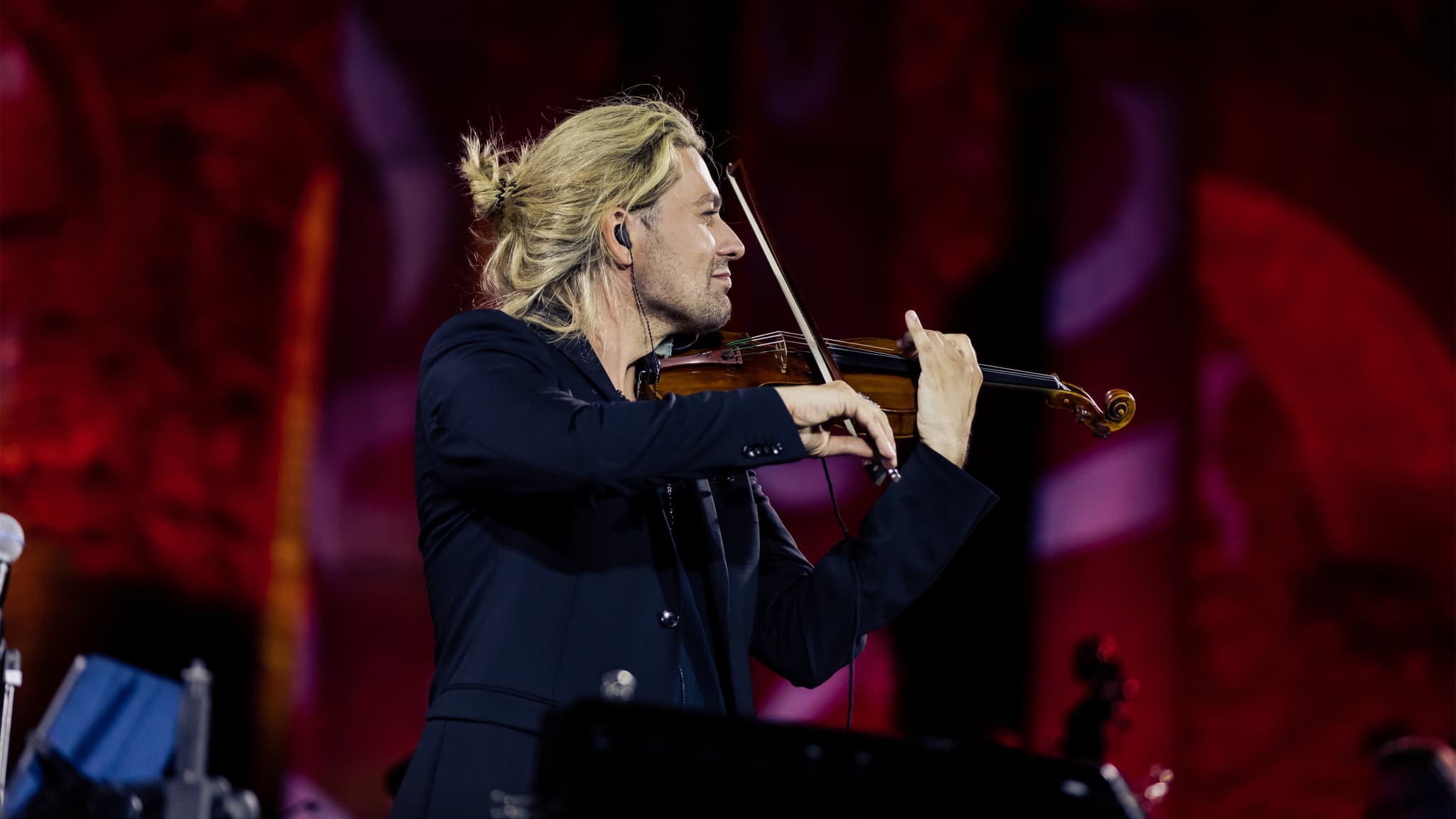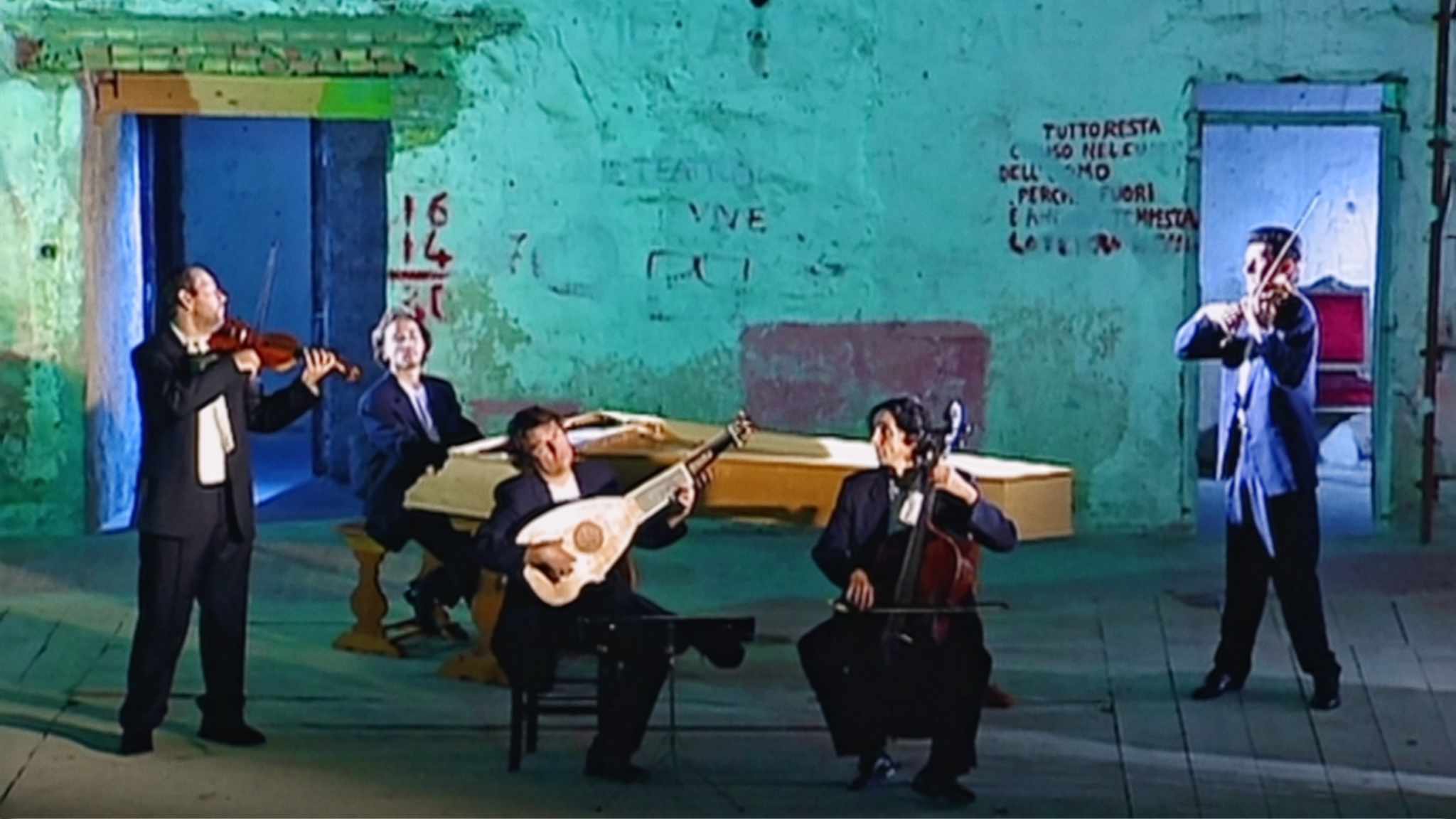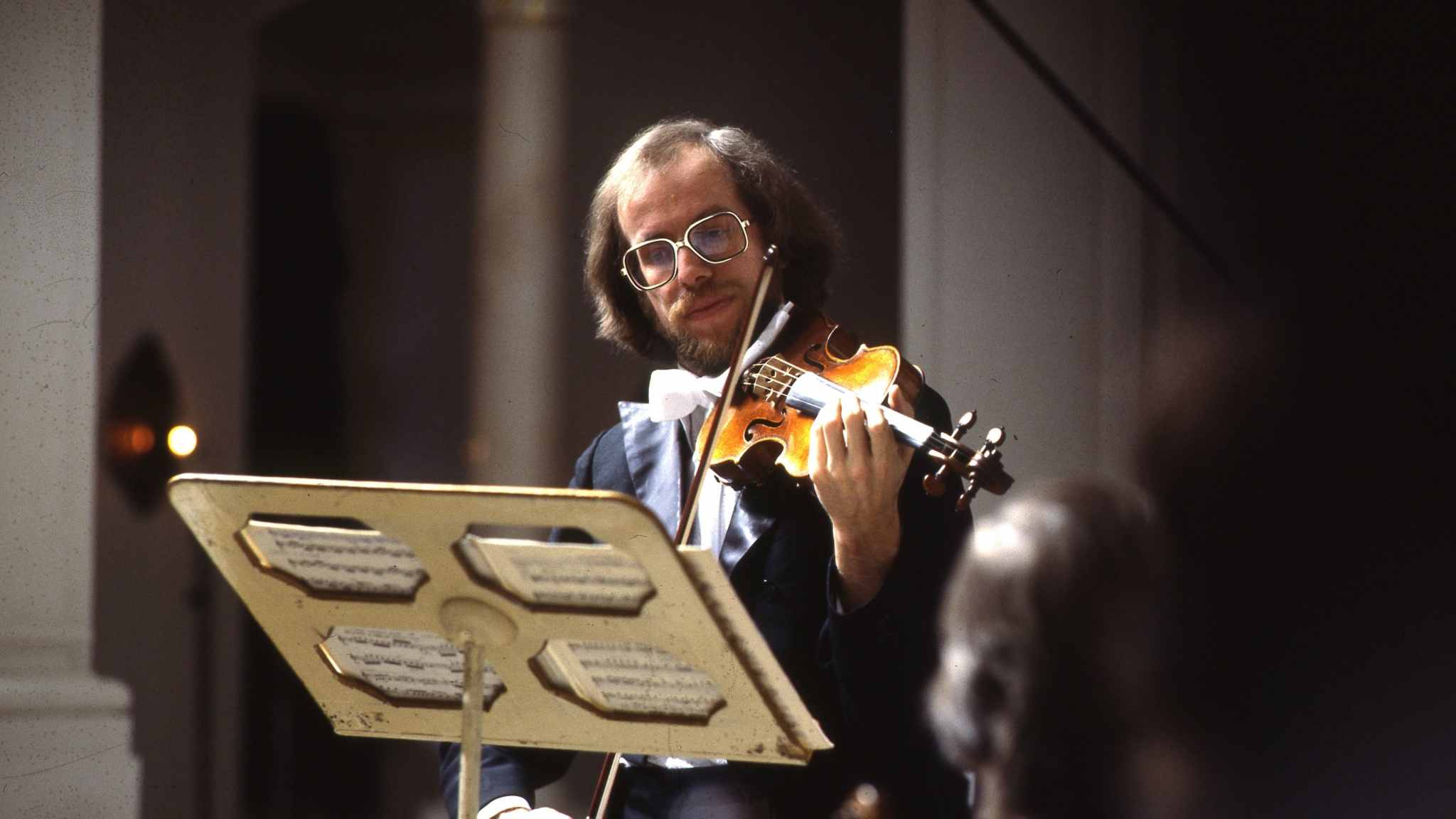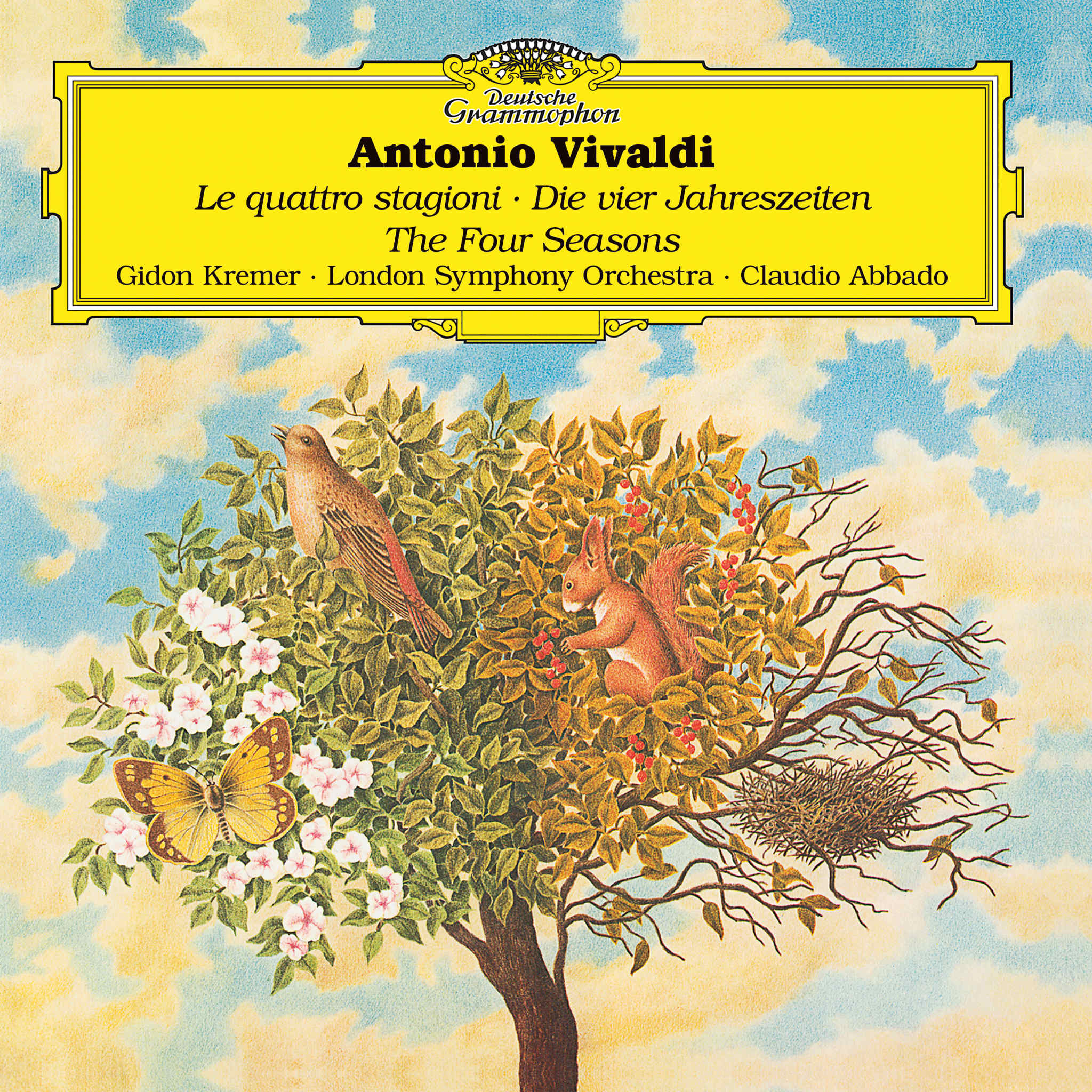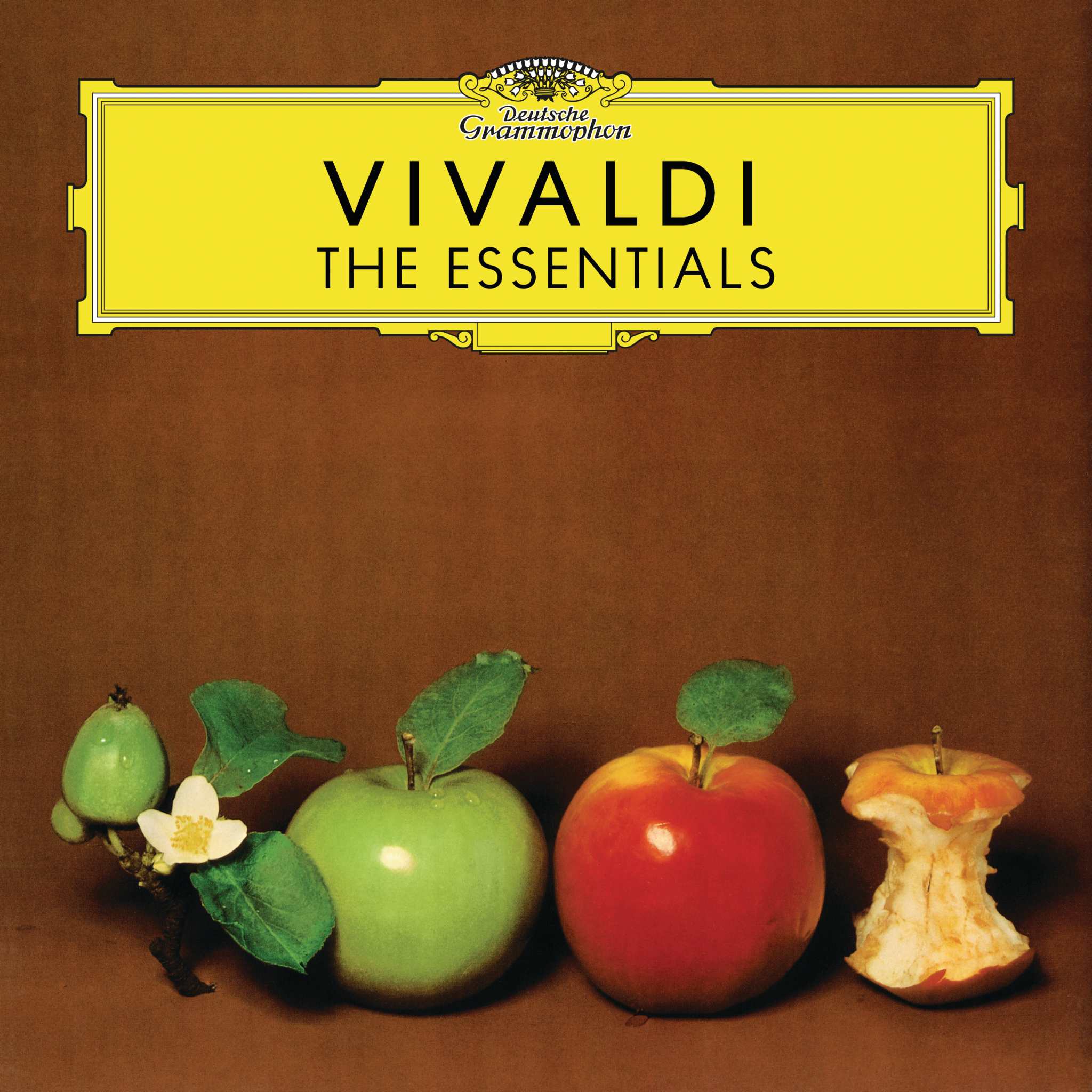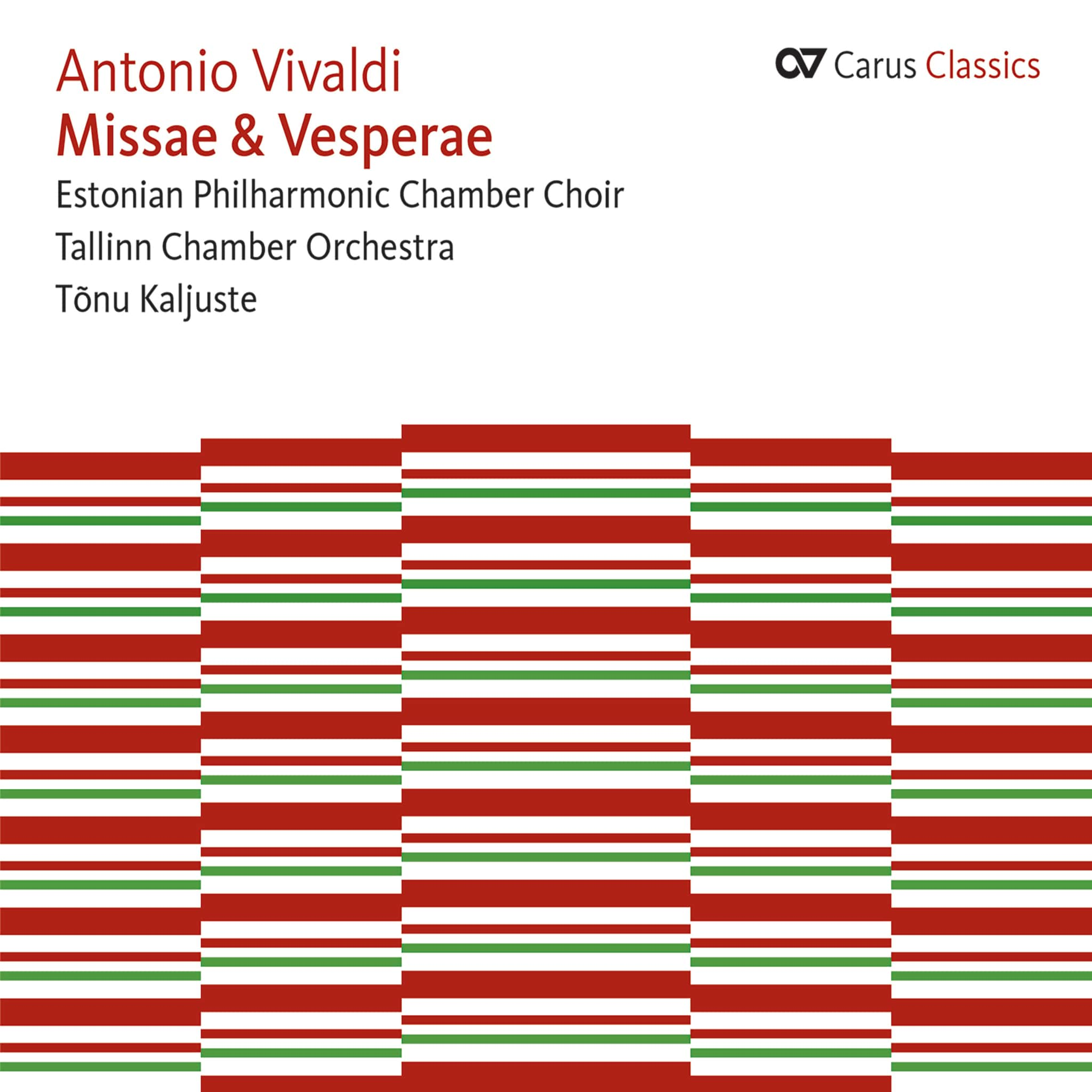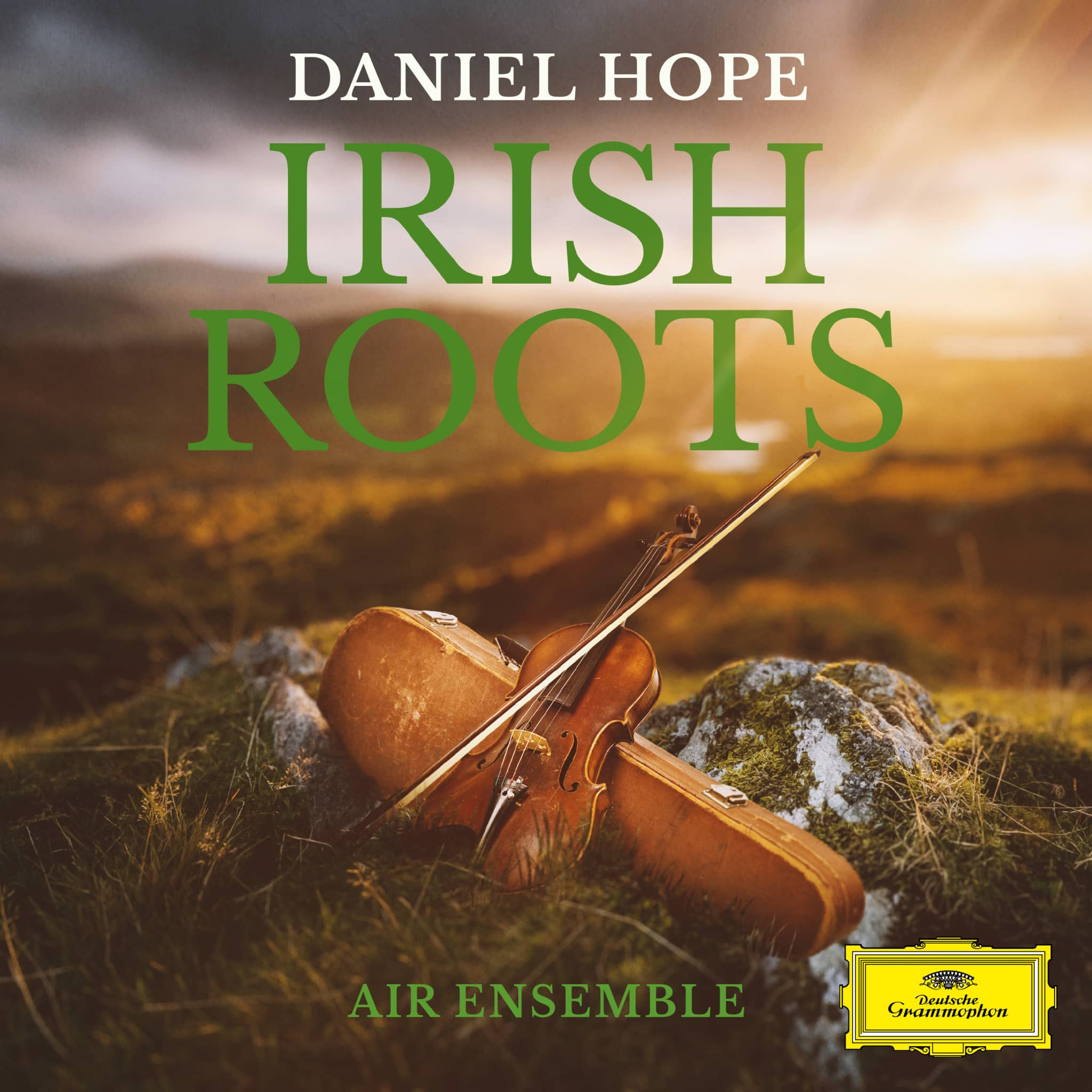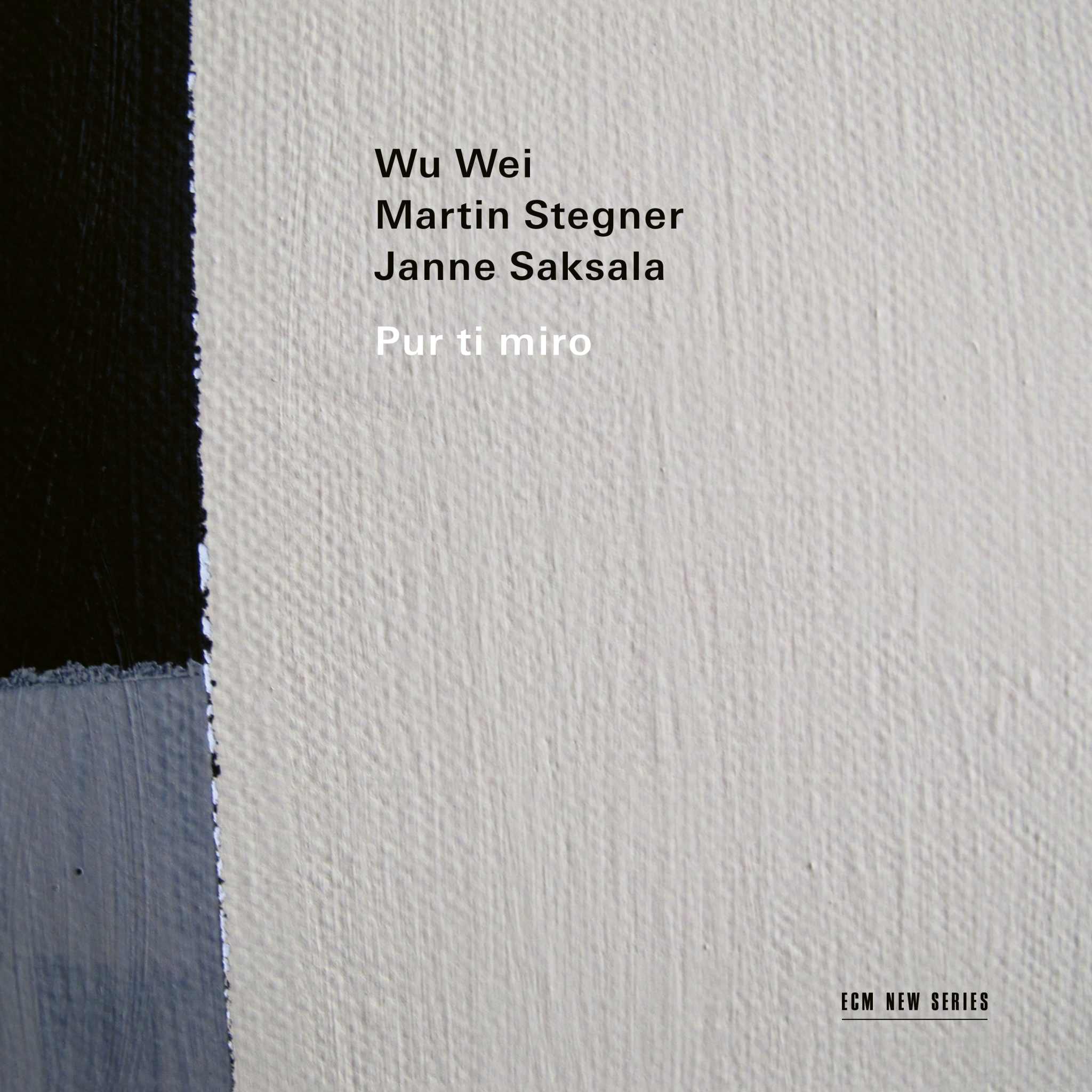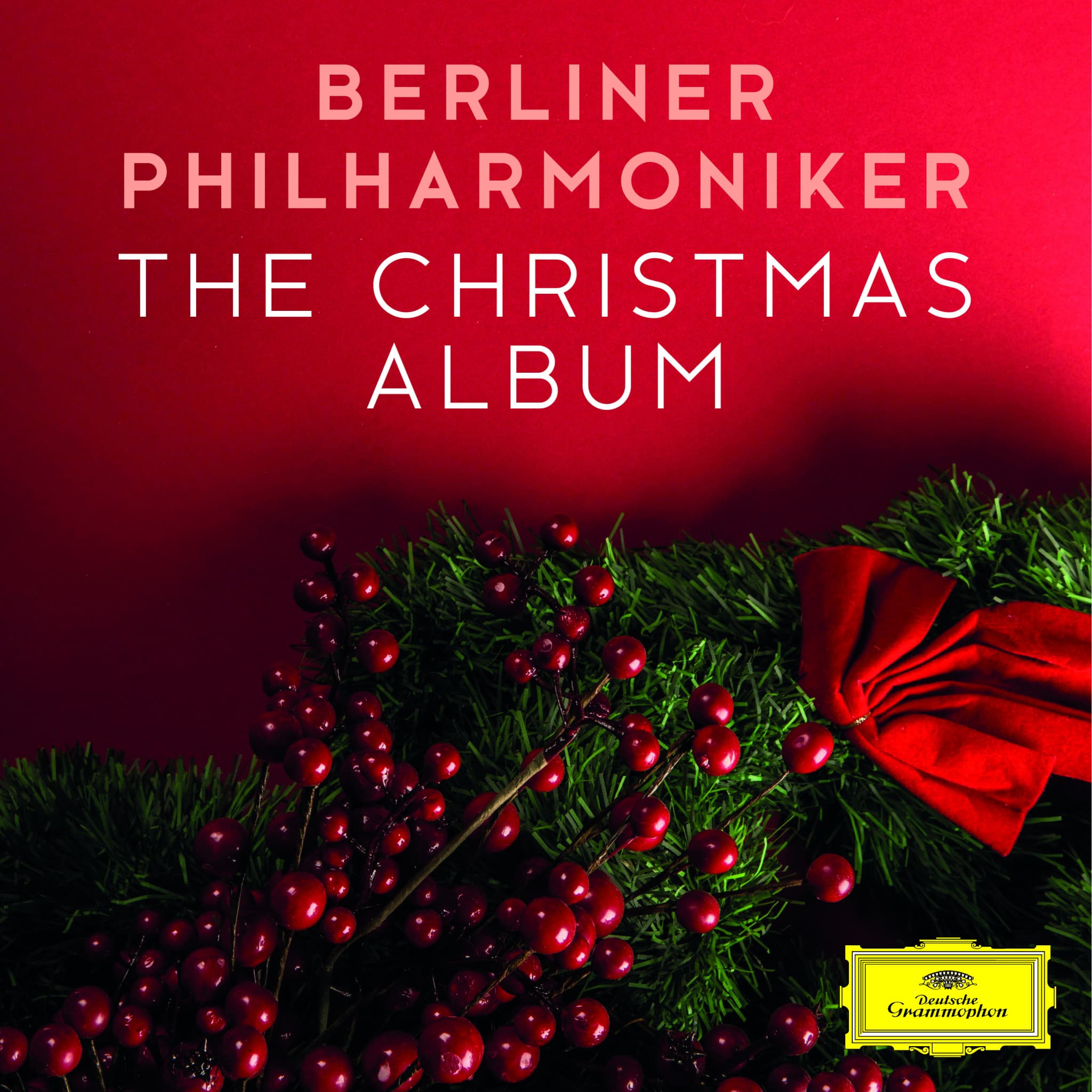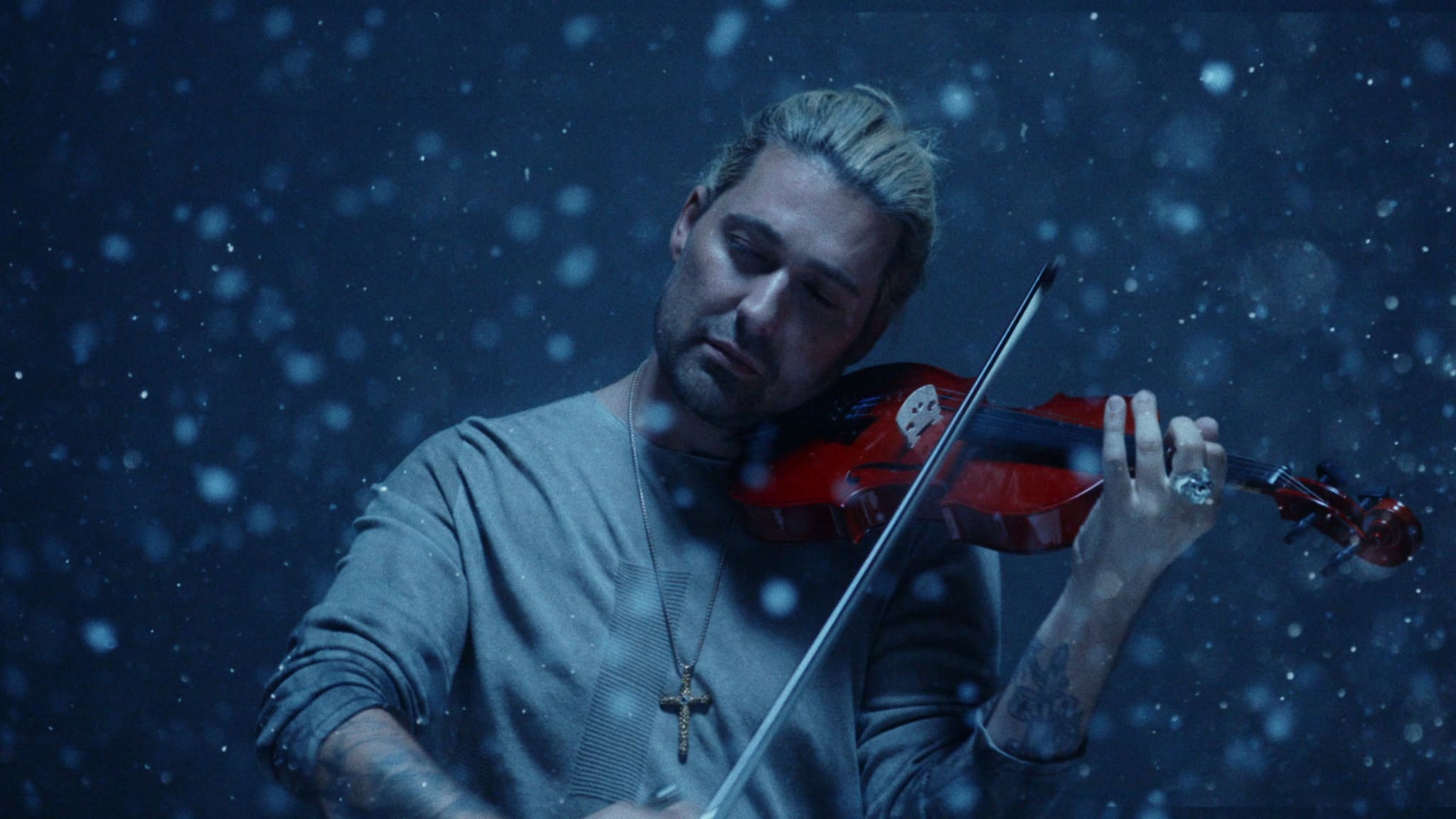The Dramatic Influence and Legacy of Antonio Vivaldi's Works
Antonio Vivaldi was a pivotal figure in the Baroque period, known for his profound influence on the development of music. He is celebrated for his innovations in string music, particularly in the concerto form, which he enriched with a variety of structures, scoring, and imaginative conceptions. This made the concerto one of the most significant genres in 18th-century Europe, contributing to the early Classical style and even influencing musical Romanticism.
Vivaldi's Musical Journey: From a Priest to an Instrumental Composer
Vivaldi was born in Venice and began playing the violin at a young age, likely under the tutelage of his father. He was ordained as a priest in 1703 but continued to focus on music, earning the nickname "il prete rosso" (the red priest) due to his red hair. That same year, he began teaching at the Ospedale della Pietà, a Venetian institution for orphaned girls, where he taught violin, organized musical services, composed music, and performed concerts.
Vivaldi's music was published starting around 1705, including trio sonatas, violin sonatas, and concerto sets. His first opera, "Ottone in villa," was premiered in Vicenza in 1713. He continued to compose operas and concertos, working in various cities such as Venice, Mantua, and Rome.
Significant Works and Legacy
Among Vivaldi's most notable works are his concertos—about 500 in total, with half being for solo violin and strings—and his sonatas and operas. "The Four Seasons" is perhaps his most famous composition, a set of violin concertos that vividly depict the seasons through music.
Vivaldi's influence on music was immense, but his works fell into neglect after his death. It was not until the 19th and early 20th centuries, with a renewed interest in Baroque music and J.S. Bach's music, that Vivaldi's concertos were rediscovered. This rediscovery revived interest in Vivaldi's music, cementing his legacy as a foundational figure in Baroque music.
